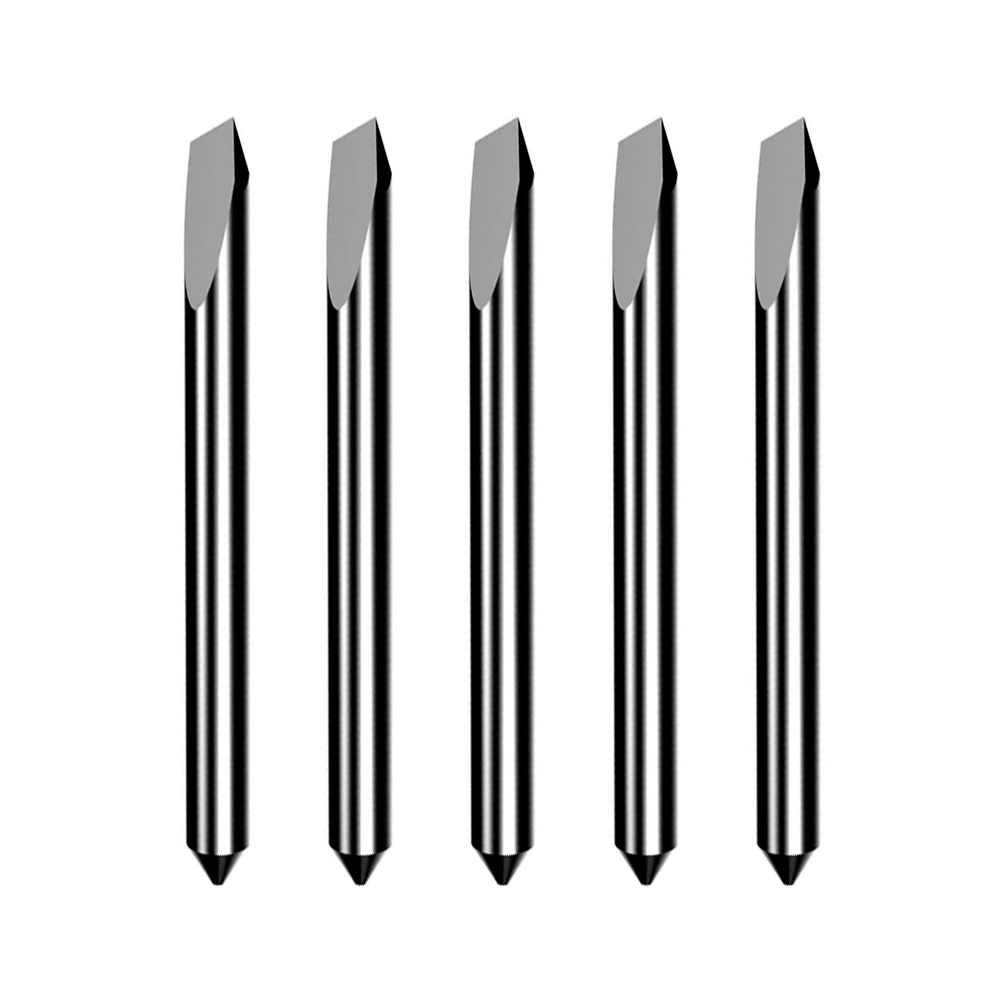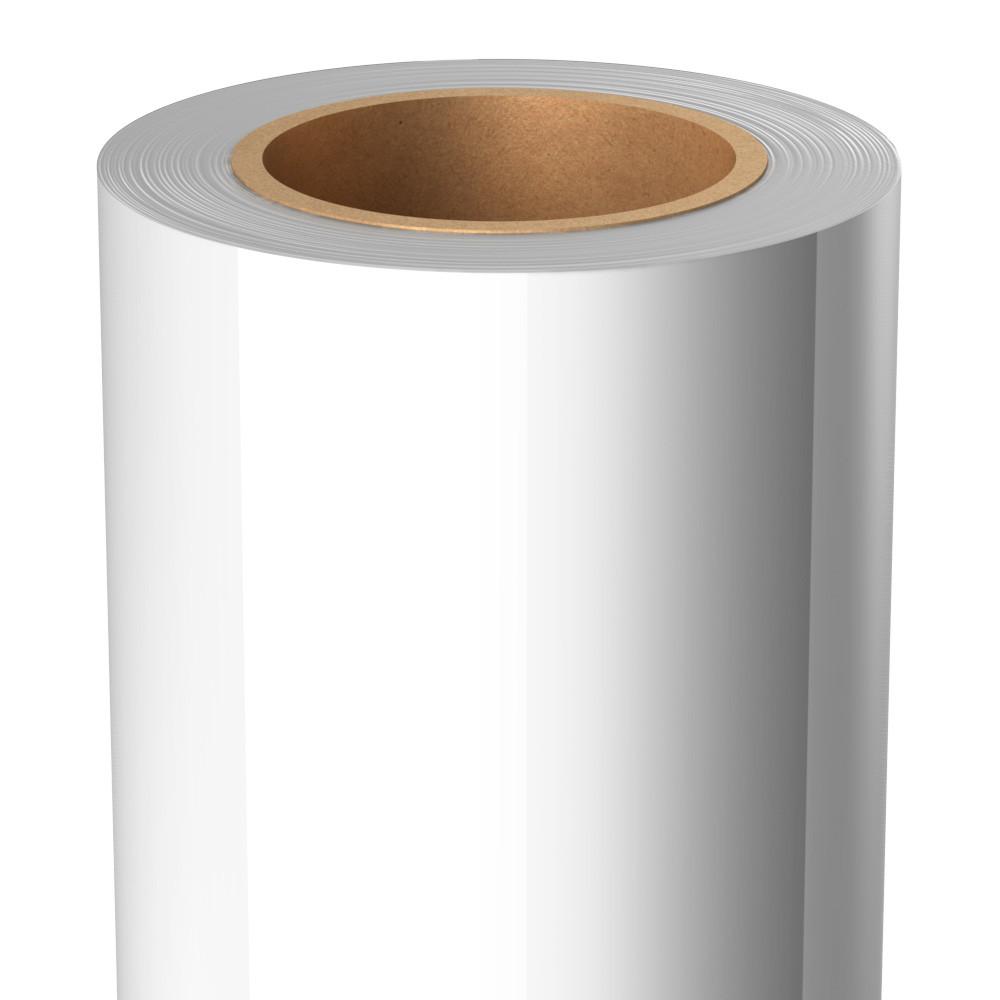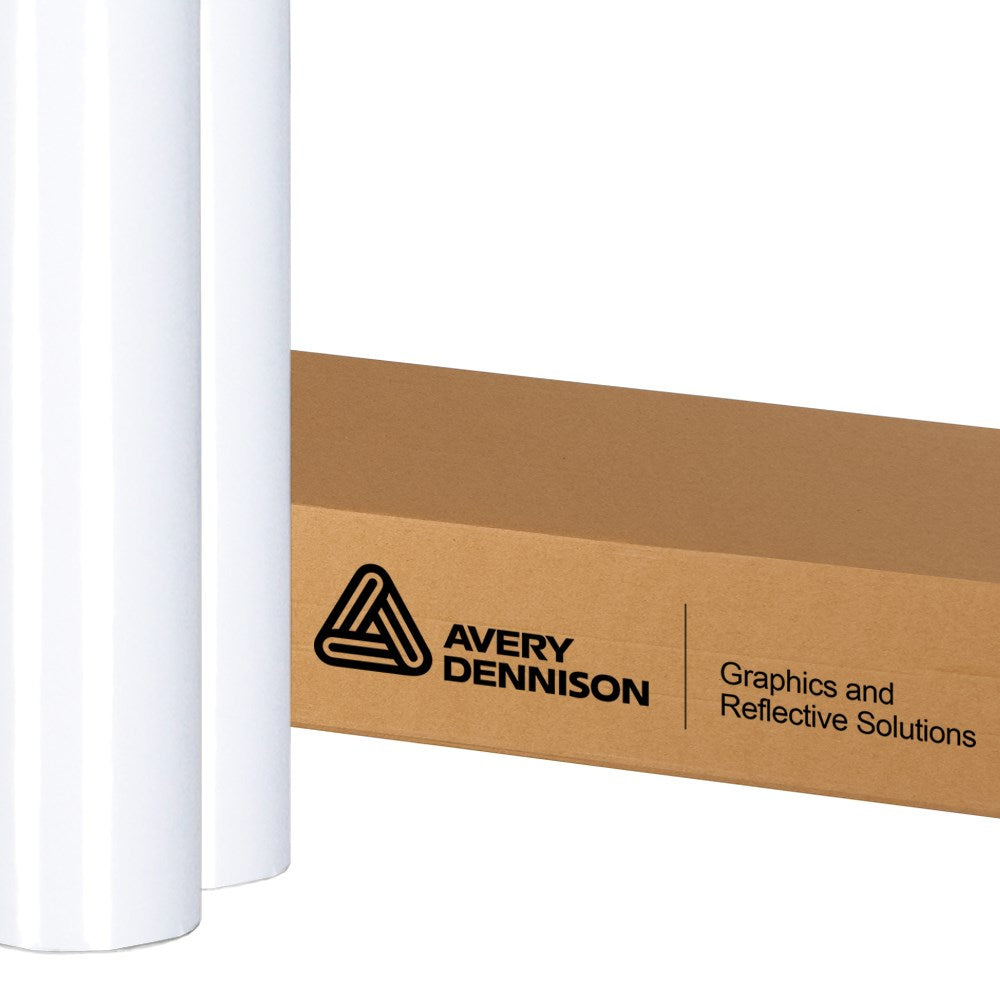When you’re looking for the best inks for commercial printing, you might feel overwhelmed by the options. Whether you’re just cracking into the commercial printing industry or have been established for decades and are looking to upgrade your equipment, understanding the different types of inks can help you invest in the right products for your clients’ projects.
There are several commercial ink cartridge options available, and they vary depending on your equipment. For example, laser printers use powdered toner while inkjet printers use ink cartridges that are filled with tinted liquid ink, like the Epson Ultrachrome ink.
In this post, we’ll explore the different types of printing inks, their features, and their uses.
Types of Printing Inks
Whether you have an inkjet, laser, or hybrid printer, you still have the ability to produce high-quality prints. But not every ink is compatible with every printer, and some inks may be better suited for certain jobs than others. The truth is that quality matters now more than ever.
From making sure regulatory barcodes are printed accurately and clearly for food and pharmaceutical industries to the boldest, most vibrant signage for a local cafe, businesses need their marketing and printed materials to stand out‒in a good way! By knowing which inks are best suited for certain equipment and projects, you can guarantee happy, repeated customers.
Pigmented
Pigmented ink is very popular for digital printers producing professional photographs in their designs. This is because this ink has powdered pigments that are composed of solid, opaque particles that sit on top of the water instead of being absorbed by it. Pigmented inks resist fading, allowing them to last longer than dye-based inks.
However, there are limited color options, and this type of ink tends to be more expensive than others. Pigmented inks can take longer to dry, which can make them a less-than-ideal choice for printing on glossy paper or other glossy substrates–unless they’ve been treated first.
UV-Based
Ultraviolet (UV)-based inks are made with UV technology and come with many advantages. This ink is durable, quick-drying, and sticks to a wide range of substrates.
This ink also tends to be a greener, more cost-efficient option for commercial printers, as well. This is because it dries so quickly that it cuts down on the hours spent on a project‒namely, hours spent waiting for the ink to completely dry before taking the next steps! There is also less waste with this type of ink.
UV ink tends to be more ecologically-friendly than other types of inks because chemicals aren’t discharged into the air during the printing process.
Dye-Based
Dye-based inks are made of dissolved color particles that float in a liquid. They tend to be the most affordable of the ink cartridge options and are sufficient for printing text. However, this ink comes with a fair share of issues for the signage industry.
The color-enhancing additives in dye-based inks usually have very low light resistance and can fade very quickly when exposed to sunlight, and they are water soluble. This makes products printed with dye-based ink ill-suited for outdoor usage.
Additionally, the ink itself is distributed more thinly on the substrate than pigmented ink. This makes dye-based inks more prone to bleeding and smearing when it comes into contact with water.
Toner
Many commercial printing businesses opt for toner because it’s ideal for high-volume printing. Toner is used for laser printers, which work by using a laser to beam the image onto the drum and then transferring the toner to the substrate.
The toner is a powdered pigment and it adheres to the paper‒or other substrate‒once heated. This allows for precise printing for high-quality results for images and text alike. Toner also does not dry out, so you don’t need to worry about replacing cartridges after a particularly long break or a lull in orders.
Toner prints work for smaller, more refined typefaces and graphics, photos, and more. Images and text printed with toner tend to last longer and are resistant to UV-related fading and water damage. This can make them great for outdoor applications.
Eco-Solvent
These inks are based on solvents instead of water. Eco-solvent inks can print on a wider range of materials than dye or pigmented inks and contain low quantities of volatile organic compounds (VOCs). They also have low odor, which can make them great for interior signs.
Printers that have lower VOC content have decreased wear-and-tear on their components, which can save you money in the long run. While eco-solvent ink requires heat to cure, it can’t print on materials like thin vinyl.
Ready to find the right ink for your projects? Check out Airmark’s selection today!



